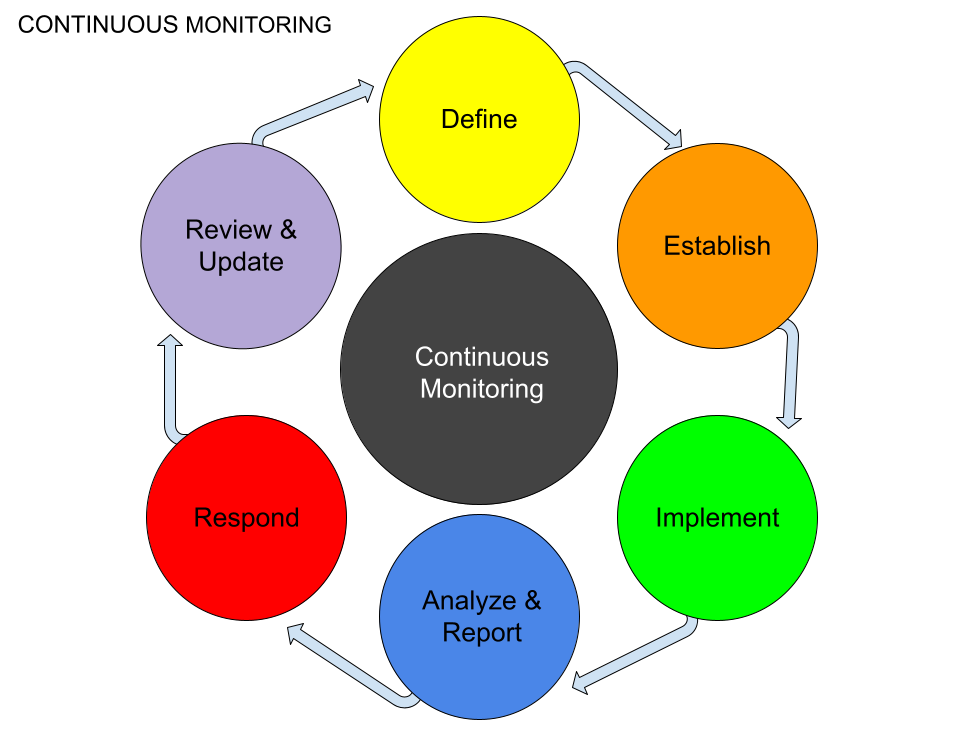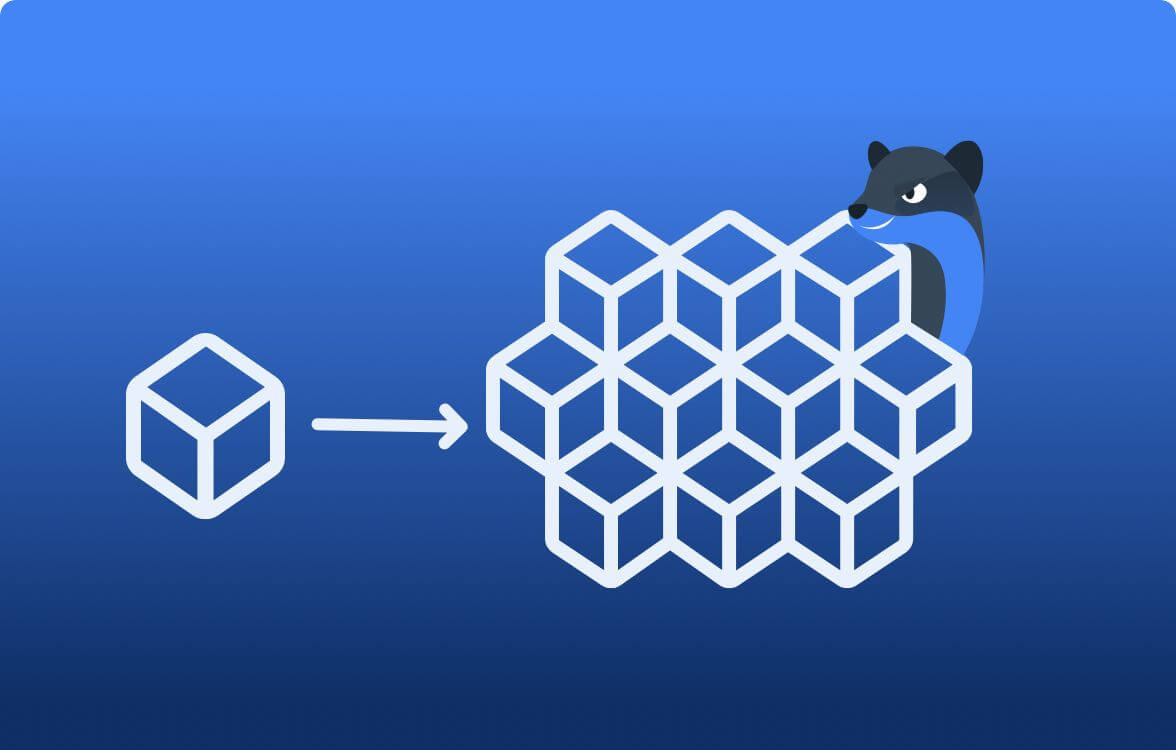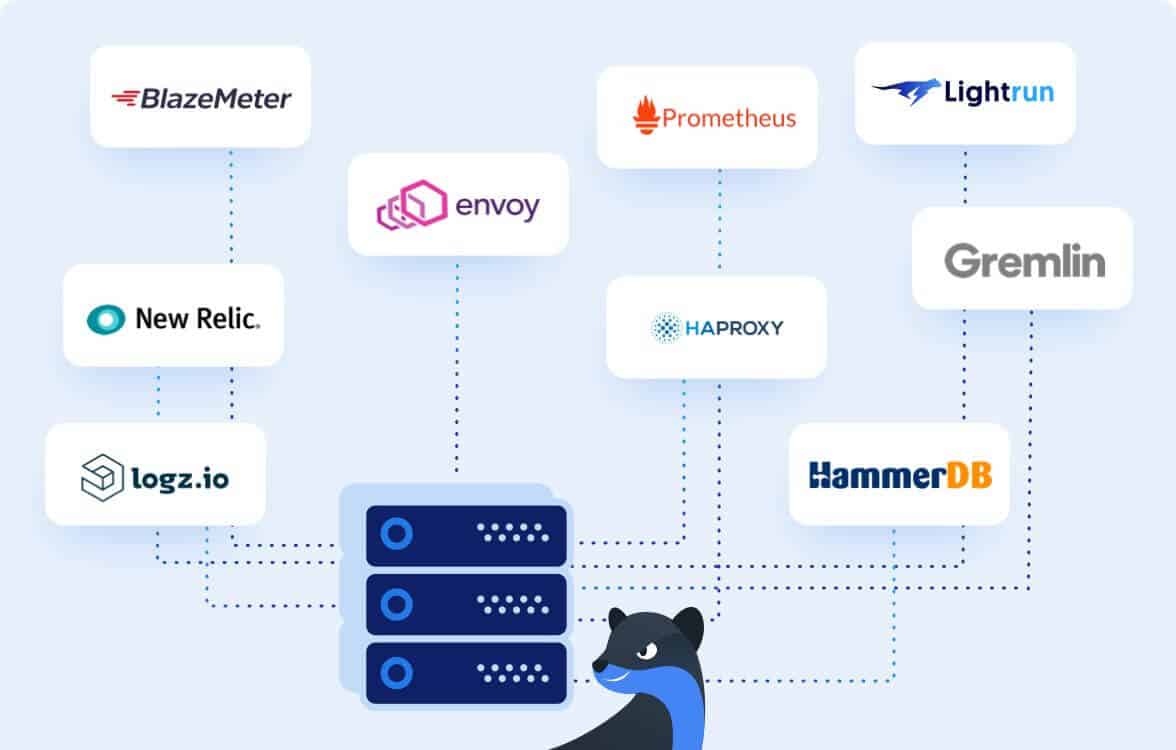

Continuous Monitoring: What Is It and How Is it Impacting DevOps Today?
Continuous monitoring (CM), also referred to continuous control monitoring (CCM), is an automated process that allows DevOps teams to detect compliance and security threats in their software development lifecycle and infrastructure.
Traditionally, businesses have relied on periodic manual or computer-assisted assessments to provide snapshots of the overall health of their IT environment. This method often provides information that’s too outdated to be useful and can result in undetected security threats, exposing the business to liability or compliance fines.
Continuous monitoring, on the other hand, helps DevOps teams identify and track key risks in real time. Besides providing support for critical processes like threat detection, continuous monitoring is a valuable tool for ensuring that your business remains compliant.
In this detailed guide, I’ll go over how continuous monitoring is impacting DevOps, and then offer you some tips for implementing CM best practices in your organization.
Improved Security
Malicious actors are always looking for ways to gain access to a company’s IT system. Using continuous security monitoring, security and operations analysts can use automated processes to aggregate and analyze data throughout an entire system. This provides increased visibility into all areas, ensuring that important trends, events, and security risks are detected.
Admins can discover and report incidents in a shorter amount of time and immediately respond to security threats and operational issues. Real-time reports and alerts help response teams prevent attack attempts and minimize the impact of a breach.
Better Record-keeping of Threats and Compliance Issues
Ever-changing compliance requirements mean that a company must always be aware of issues or configuration changes that could break compliance. Failing to comply with regulations like HIPAA, PCI, GDPR, and so on because of breaches caused by inadequate monitoring methods could result in hefty fines, loss of market value, and loss of reputation.
CM automatically collects and analyzes data related to all systems in the IT environment, making it easier to keep a record of threats and system changes. Continuous compliance monitoring of a system helps assure auditors that adequate security measures are in place to meet compliance rules.
Catch Performance Issues Earlier
Traditionally, DevOps teams only monitored an application once it was running in production. Continuous monitoring applied in development, testing, and staging environments can expose performance issues early, ensuring that they never reach production. This promotes more stable and error-free application releases.
In the production environment, operations teams can manage and monitor new application releases to ensure that they’re performing as intended. Critical data gathered from monitoring tools allow analysts to identify performance issues caused by low memory and network latency and implement a solution before unplanned downtime occurs.
Continuous monitoring tools make it easy to customize settings and controls to optimize application performance and user experience.
Avoid Downtime
How much downtime can you afford? How quickly can you recover from a business interruption? Having a continuous monitoring solution in place could be the difference between a minor issue and one that causes major business disruption.
Using continuous monitoring tools, DevOps analysts can monitor the network, database, and applications for performance issues and respond before downtime occurs or customers are affected. Aggregated statistics and reports are also useful for analyzing past issues to prevent them in the future, and to create more robust applications.
Areas Where You Can Implement Continuous Monitoring
“If you don’t find problems quickly, you end up finding them months later. By then, the problem is lost in all the other changes that every other developer made, so the link between cause and effect disappears without a trace.” –Gene Kim, The Unicorn Project: A Novel about Digital Disruption, Redshirts, and Overthrowing the Ancient Powerful Order
Continuous monitoring can be used to find and mitigate problems in all areas of the DevOps lifecycle. Let’s look at how it can be implemented.
Application and Code
Application performance monitoring (APM) involves monitoring the backend of an application to track and resolve critical performance and availability issues. The three phases of APM include:
- Proactively monitoring an applicant to identify issues before a problem occurs
- Isolating the problem so it doesn’t affect the entire environment
- Diagnosing the problem at the code level and implementing a solution
APM tools allow DevOps teams to monitor applications and application interdependencies for performance based on metrics such as uptime, resource use, system response, and user experience.
Configuration
Enterprise networks comprise many complex components, all with security controls and configurations that need to be monitored. With configuration management and monitoring, DevOps teams can work together to maintain security and compliance across the IT infrastructure.
Continual assessment ensures that changes to software and network configurations don’t create security gaps and cause noncompliance. Many monitoring tools also offer built-in mechanisms for setting baseline security controls, customizing security policy assessments, and automated reports that DevOps teams can use to review configuration changes across the organization.
Database
It’s not always clear whether the root of performance issues lies in the application layer or the underlying database infrastructure. Database monitoring mechanisms, like timed snapshots, can help operations analysts quickly determine the exact time an issue occurred and what caused it.
In development and staging environments, teams can test how specific changes might affect application performance, resource usage, or quality of service to customers. A good database monitoring tool will provide useful metrics on SQL query performance, session details, deadlocks, and transactions per minute.
Infrastructure
Maintaining your infrastructure is crucial to ensuring that applications and services are delivered in an optimal and efficient manner. Infrastructure monitoring allows DevOps teams to collect and analyze data about a company’s IT infrastructure that can prevent business disruptions and improve overall system performance.
When a major incident occurs in an organization, system logs often show clues that previously went unnoticed. Infrastructure monitoring tools automatically detect and alert teams about potential issues and provide insightful metrics about virtualized environments, resource utilization, system load and uptime, storage, operating systems, and services like databases and web servers.
Networking
Continuous monitoring is best used as a proactive mechanism to find faults, measure the performance of components, and optimize availability. Network performance monitoring (NPM) tracks the status of all network activity and components including firewalls, routers, and switches.
Aggregated reports also provide helpful metrics on how resources can be scaled more effectively and workloads more evenly distributed. The network monitoring tool you choose should monitor latency, server capacity, CPU use of hosts, port level metrics, and network packet flow.
Best Practices for Implementing CM
Now let’s dive into those best practices for continuous monitoring that I mentioned earlier.
Scope Your Implementation
How you implement continuous monitoring will depend on your business focus, functions, and goals. Organizations in different industries will need to monitor different aspects of their infrastructure. Limit your implementation to your critical business processes, particularly areas involving sensitive or proprietary information.
Conduct a security risk analysis to assess and prioritize your risks to determine which processes should be monitored. The systems, applications, and processes you choose to monitor should provide enough feedback to make improvements to your overall environment.
Decide on Out-of-the-Box or Custom Built
Do you need a custom-built solution or will out-of-the-box suffice? Remember that while you can custom build tools to match your specific needs, it will require substantial financial resources and a dedicated team to develop and maintain it. If you’re thinking of choosing an out-of-the-box option, consider the extent to which it can be customized to handle growth and changing needs in your DevOps environment.
Whether you go with a purchased or custom-built solution, choosing the tools that your entire team will use will take some research as you match your needs to the offerings available.
Key features of a good continuous monitoring tool include an easy-to-use dashboard, full-stack application monitoring, in-depth analysis, a short learning curve, real-time performance metrics, decision-making tools, troubleshooting, and wide availability.
Continue to Iterate on Your CM Processes
In DevOps, feedback and assessment are essential at every step. For assessments to be effective, gathered information must be assessed on an ongoing basis so that operations analysts and developers can measure and track security, operations, and business-related issues.
Accurate and actionable feedback enables DevOps teams to produce products and services in accelerated development cycles. The information gathered from the assessment process can also benefit business and IT decision-makers as they choose where and how to invest resources as the business grows.
Conclusion
“Improving daily work is even more important than doing daily work.” –Gene Kim, The Phoenix Project: A Novel About IT, DevOps, and Helping Your Business Win
Continuous monitoring is changing the world of IT. When implemented in all areas of your DevOps lifecycle, it provides environment-wide visibility into security incidents, compliance risks, and performance issues. The early feedback provided by monitoring tools promotes rapid incident response to development and operations teams, which results in reduced system downtime.
Remember that the scope of your implementation and the monitoring tools you choose will depend on functions and activities you consider critical to your business. Feedback from ongoing assessments is crucial to increasing the quality of your software deployments and improving communication between the members of your DevOps team.
It’s Really not that Complicated.
You can actually understand what’s going on inside your live applications.




